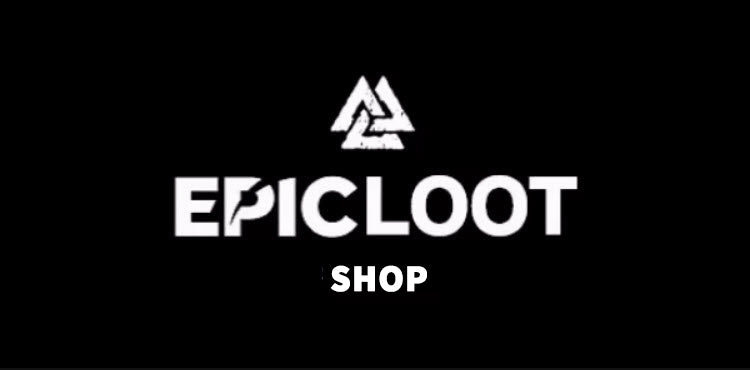Dragons of the Norse: Unraveling the Mysteries of Mythology
Introduction: Mystical Creatures of the North As the shadows of the ancient North unveil themselves, our eyes behold the enigmatic and terrifying entities that have long held a monumental place in Norse mythology - the dragons [1][2]. Unlike their Eastern counterparts that signify luck and prosperity, Norse dragons bring with them an awe-inspiring sense of fear and undeniable power. Among these mystical creatures, three figures stand out - Jormungandr, Nidhogg, and Fafnir, each with their unique tales and symbolism [3][4].
Jormungandr

The Midgard Serpent Imagining Jormungandr, the Midgard Serpent, is a task of epic proportions. This offspring of the trickster god Loki circles the world, Midgard, creating an enormous ring with his tail resting in his mouth [1][3]. Yet, the mythic significance of Jormungandr is far more profound than its monstrous image. Symbolizing concepts of wholeness, infinity, and the cyclical nature of life and death, the serpent becomes an emblem of the eternal cycle of destruction and rebirth. The release of his tail marks the ominous beginning of Ragnarok, the cataclysmic destruction that leads to a new cosmic dawn [3].
The Thunder God and the Serpent: The Final Battle This apocalyptic event brings with it an unforgettable battle between Jormungandr and Thor, the god of thunder [3]. A war of cosmic forces, it culminates in a deadly draw, as Thor ultimately succumbs to the serpent's venom after slaying the beast. The demise of both the thunder god and the serpent underscores the precarious balance between chaos and order, destruction and creation that defines the Norse cosmos [3].
Nidhogg

The Malice Striker Nidhogg, the dragon eternally gnawing at the roots of Yggdrasil, the World Tree, stands as another impressive figure in the Norse mythos [1][4]. By constantly undermining the Tree of Life, Nidhogg signifies the destructive forces incessantly at work beneath existence's veneer. Feasting on the dead, he epitomizes death and decay, a brutal reminder of the mortality inherent in life [5]. However, in the catastrophic aftermath of Ragnarok, Nidhogg emerges as a survivor, witnessing the birth of a new cosmic era, emphasizing the cyclical conception of existence in Norse belief [3].
Nidhogg is also said to feed on the corpses of those who led dishonorable lives, drawing a parallel to scavengers in the natural world. In this sense, the dragon serves as a metaphorical embodiment of retribution and natural consequence [5].
Interestingly, although Nidhogg is an entity of destruction, he does not act alone. There are other creatures that reside along the roots of Yggdrasil, including a group of other serpents and an unnamed eagle living at the top of the tree. The squirrel Ratatoskr serves as a messenger, creating tension by carrying taunting messages between Nidhogg and the eagle. This continual interaction highlights the interconnectedness of all elements in Norse mythology, signifying a balance between forces of creation and destruction [4].
Fafnir

The Dragon Born of Greed Unlike the other two, Fafnir's tale is one of transformation. Initially a dwarf prince, Fafnir's insatiable greed drives him to fratricide, taking possession of his father's treasure and transforming into a dragon [6]. His story serves as a potent metaphor for the destructive power of avarice and the monstrous forms it can take [6].
Fafnir's transformation into a dragon in Norse mythology is a poignant and deeply symbolic tale, drawing upon the timeless theme of greed and its destructive consequences. His story is contained within the Völsunga saga, one of the most famous epic narratives of Old Norse literature [6].
Conclusion
The Timeless Echo of Norse Dragons In their ferocity and awe-inspiring might, Norse dragons encapsulate the cyclical nature of existence, hovering between creation and destruction, life and death. These draconic guardians protect not merely tangible treasures but also the profound wisdom embedded in their narratives. Despite their terrifying visage, their stories reflect the raw and potent forces that shape our world, providing a darker, grittier counterpoint to the friendly dragons of Eastern lore.
In essence, Norse dragons offer more than simple tales of mythical creatures. They serve as powerful metaphors for our collective human experience, illuminating both our tremendous potential and our profound weaknesses. By acting as mirrors reflecting our souls, they compel us to introspect, to examine our actions and motivations. More than relics of a bygone era, these dragons continue to resonate within our collective psyche, their stories echoing across the ages as timeless symbols of our human condition.
References:
[1] The Prose Edda by Snorri Sturluson
[2] Norse Mythology: A Guide to the Gods, Heroes, Rituals, and Beliefs by John Lindow
[3] The Poetic Edda
[4] Dragons and Serpents in Norse Mythology
[5] The Viking Spirit: An Introduction to Norse Mythology and Religion






Laissez un commentaire